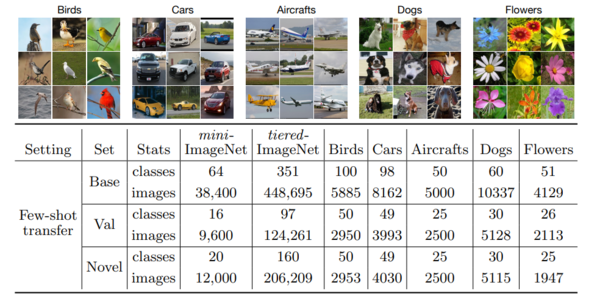Robot Learning in Homes: Improving Generalization and Reducing Dataset Bias: Difference between revisions
| Line 13: | Line 13: | ||
-An approach for modeling the noise in the labeled data | -An approach for modeling the noise in the labeled data | ||
[[File: | [[File:1.png|600px|thumb|center|]] | ||
Revision as of 23:46, 13 November 2018
Introduction
Using data-driven approaches in robotics has increased in the last decade. Instead of using hand-designed models, these data-driven approaches works on large-scale datasets and learn appropriate policies that map from high-dimensional observations to actions. Since collecting data using an actual robot in real-time is very expensive, most of data-driven approaches in robotics use simulators in order to collect simulated data. The concern which arises here is whether these approaches are able to be robust enough to domain shift and to be used for real-world data. It is an undeniable fact that there is a wide reality gap between simulators and the real world.
On the other hand, the declining costs of hardware to expand collecting data for a variety of tasks push the robotics community to collect real-world physical data. This approach has been quite successful at tasks such as grasping, pushing, poking and imitation learning. However, the major problem is that the performance of these learning models is not good enough and tends to plateau fast. Furthermore, robotic action data did not lead to similar gains as in other areas such as computer vision and natural language processing. As the paper claimed, the solution for all of these obstacles is using “real data”. Current robotic datasets lack diversity of environment. Learning based approaches need to move out of simulators in the labs and go to real environments such as real homes so that they can learn from real datasets.
Like every other process, collecting real data and working with it has several challenges. First, there is a need for cheap and compact robots to collect data in homes but current industrial robots (i.e. Sawyer and Baxter) are too expensive. Secondly, cheap robots are not accurate enough to collect reliable data. Also, collecting data in homes cannot have a supervisor at all times. These challenges in addition to some other external factors can have a result in having noisy data. In this paper, a first systematic effort has been presented for collecting a dataset inside the homes which has the following parts:
-A cheap robot which is appropriate for using in homes
-Collecting training data in 6 different homes and testing data in 3 homes
-An approach for modeling the noise in the labeled data
